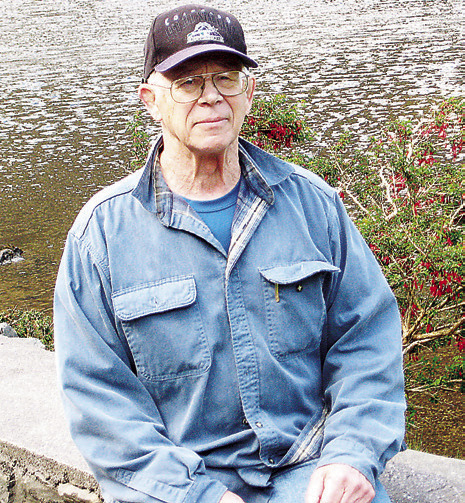I have mentioned some of the problems and limitations with senior runners in previous articles. The other end of the age category is the youth and the consideration of when it is appropriate for them to begin running. Observing children run at outdoor events or on playgrounds, it seems they only have two speeds. One is walking and the second one is sprinting. I tried to recall if I have ever seen a young child jog when playing outdoors. Most 5K races have a “Kid’s Run” as part of the event. There is no set distance, and it is usually in a safe area with no traffic or obstructions. Depending on the location, the distance is usually around an area at the race location. At Country Estates, the first loop is usually the kid’s route. Other areas have an out and back distance within the race location. Some races will advertise the distance as 1 kilometer (.6 miles) and the longest is closer to one mile. The age range for a kid’s run is 12 years and under at most races. And the ages of the children running ranges from 3 years to 12 years. The overall winner is usually a kid that is near the 12-yearold limit. I have seen parents push children in a stroller in the races. There are usually no awards for finishing first or an age category award. The usual practice is that each entrant gets a medal for finishing. I have donated leftover medals from races to these kid’s races. I don’t think they really care that the medal has a half marathon or 10K emblem on it. The 5K race age categories vary with 19 and under as the lower age range. More races are adding the age 14 and under to encourage younger runners to enter the 5K race. The 15 to 19 age range is next, followed by the five-year or ten-year age categories.
There are some guidelines for the age and distance a child should run. One recommendation is the child should never run farther during the week than their age. So, if a child is eight years old, the distance they should run during the week will be eight miles or less. This is a good guideline for most children’s distance. And a reminder from the earlier observation, most kid’s running pace is walking or sprinting. Not many children go out after school and jog a few miles. About the only time children “jog” is if they are around 10 years or older and want to run with their mom or dad. At local races, I have seen some younger entrants that have a good running pace and good running form.
The one problem I see with children running is the parents pushing them to run faster in a 5K or 10K race. I remember one year during the San Antonio Marathon the father had entered his 12-year-old son in the 26.2-mile race. We found him out around mile 10 crying his eyes out. He was both tired and afraid of being out on a road by himself with his father waiting for him at the finish line. We challenged the father about the problem of a child that age running that distance. His response was less than empathetic. At local 5K races, it was the father who put the kid’s award in the car. I only remember seeing the child one year of racing in this area. I always wondered if he ran as he got older.
The other problem that occurs with young children entering the local 5K and 10K races is their practice of walking or sprinting. They tend to line up in the front row of the race and sprint at the sound of the starting gun. They sprint for the first 100 yards and then start to walk, and the adult runners behind them run by and at times bump into them. If I know the younger runner from previous races and know that he or she is a good runner, I let them stay in the front. I tend to send the kid that is bending forward with the hands on a knee as a starting position to a location back in the pack of runners. More than likely, that is the 100-yard sprinter.








